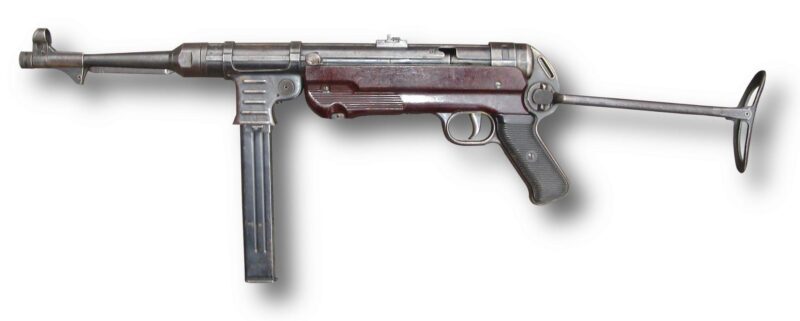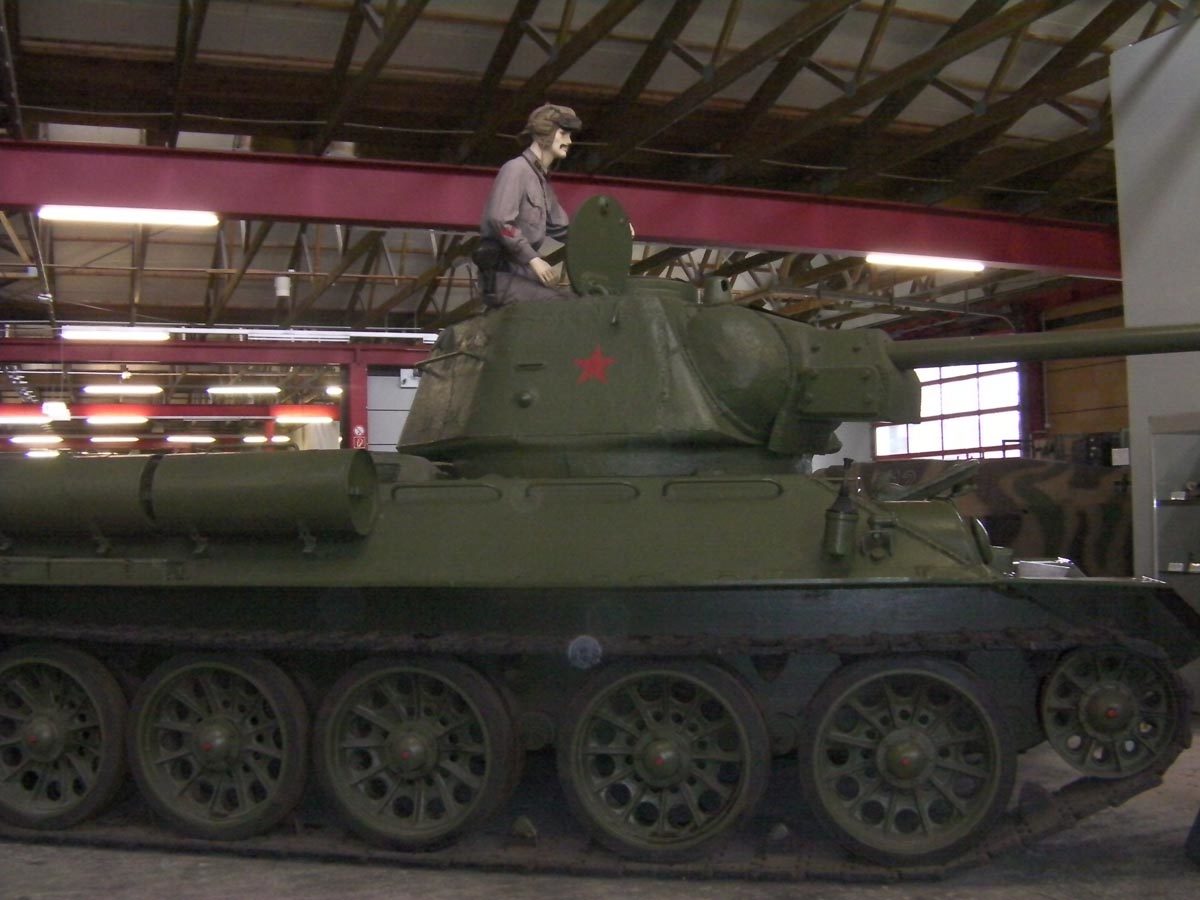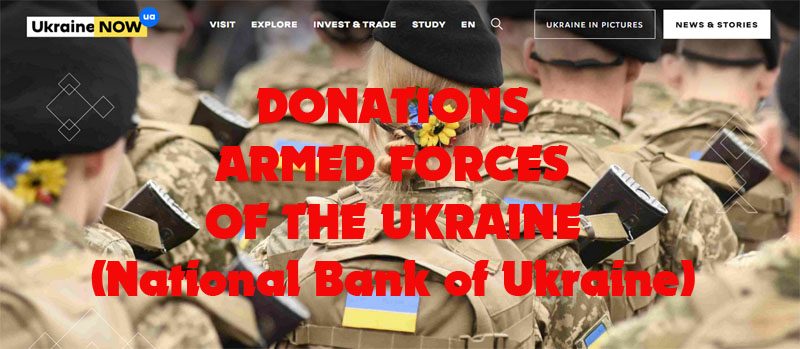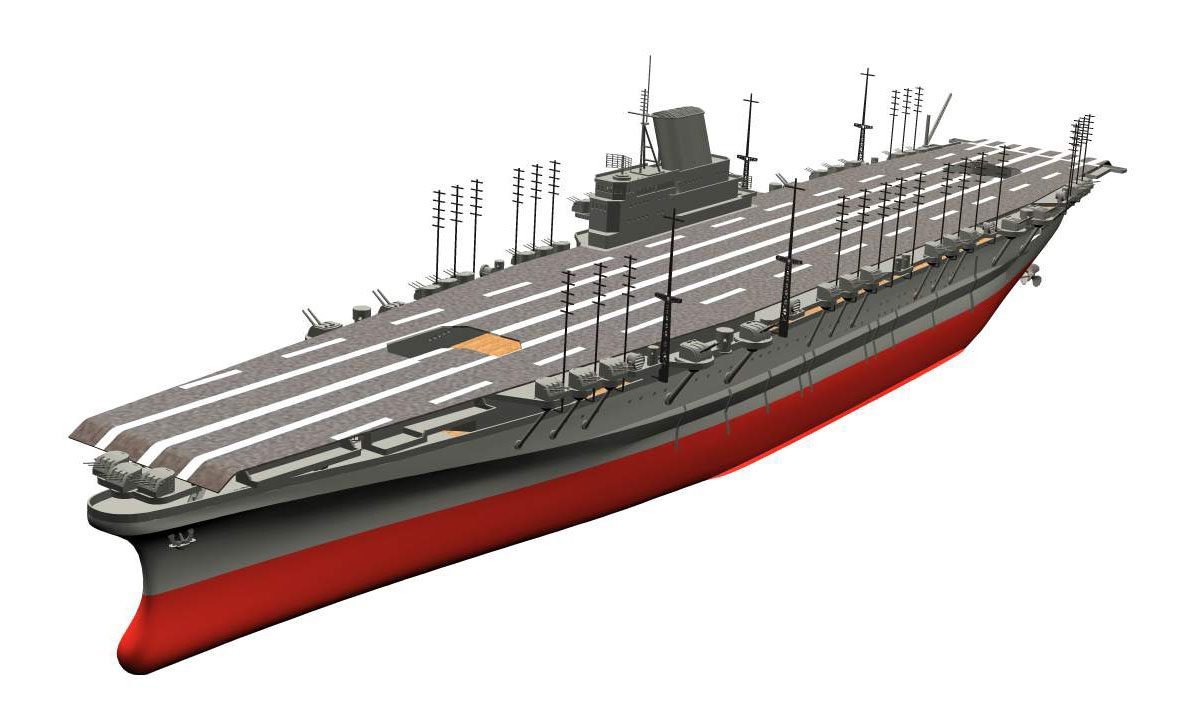The MP40: Germany’s Deadly Submachine Gun.

Few firearms are as iconic or instantly recognizable as the MP40, the standard submachine gun used by Nazi Germany during World War II. Designed with practicality and efficiency in mind, the MP40 (Maschinenpistole 40) became a symbol of German infantry, airborne forces, and mechanized units. With its sleek profile, folding stock, and simplified construction, the MP40 was a reflection of Germany’s wartime innovation and industrial strategy. Firearms with such historical significance continue to draw attention from enthusiasts and buyers alike at shops like Liberty Gun Trader.
Design and Development
Table of Contents
The development of the MP40 was a response to the shortcomings of earlier submachine guns, particularly the MP18 and MP28. German engineer Heinrich Vollmer, building on the MP38’s design, developed the MP40 with the goal of creating a weapon that was not only effective in combat but also easy to mass-produce. Introduced in 1940, the MP40 was chambered in 9×19mm Parabellum and featured a number of advanced design choices for its time.
Unlike its predecessors, the MP40 was built using stamped sheet metal and plastic parts, most notably Bakelite. This approach made the weapon quicker and cheaper to produce, allowing Germany to meet the growing demands of war. The design also featured a folding metal stock, which made the MP40 especially useful for paratroopers and soldiers in confined vehicles or urban environments.
- Caliber: 9mm Parabellum
- Rate of Fire: 500–550 rounds per minute
- Magazine Capacity: 32 rounds
- Effective Range: Approximately 100–150 meters
While not the first submachine gun to use a folding stock or stamped metal construction, the MP40’s execution of these features made it an industry benchmark.
Performance in Combat
The MP40 excelled in close-quarters combat. It was relatively compact, lightweight, and easy to handle—even for inexperienced troops. German infantry and mechanized units often used the MP40 during assaults, urban engagements, and trench warfare. Its slow cyclic rate of fire (compared to some Allied submachine guns) allowed for better control and more accurate short bursts.
Troops especially valued the MP40’s manageable recoil and ergonomic design. Unlike many other wartime submachine guns, the MP40 had a relatively comfortable grip, a smooth trigger pull, and a balanced weight distribution. These features translated into higher hit probabilities in short-range encounters.
However, the weapon was not without flaws. The MP40 used a single-feed magazine, which made it susceptible to jamming, especially in dirty or sandy environments. Additionally, the magazine was often used as a foregrip—a practice that could cause feeding issues if pressure was applied incorrectly.
Comparison to Other Submachine Guns
Compared to its contemporaries, the MP40 stood out for its balance of performance, cost, and design simplicity.
Against the American Thompson submachine gun, the MP40 had both advantages and disadvantages. The Thompson fired the larger .45 ACP round and had a higher rate of fire, giving it superior stopping power. However, it was also significantly heavier, more expensive to manufacture, and more difficult to control in full-auto fire. In contrast, the MP40 offered more manageable recoil and was lighter and cheaper to produce—an important factor during mass wartime mobilization.
In comparison to the British Sten gun, the MP40 was more robust and reliable but considerably more costly. The Sten was praised for its ease of manufacture and simplicity, but it suffered from poor ergonomics and questionable reliability. The MP40, though more complex, offered better build quality and smoother handling.
Despite these differences, all three weapons played critical roles for their respective nations and were tailored to fit different strategic and industrial goals.
Production and Use
Approximately 1.1 million MP40s were produced between 1940 and 1945. Though it became the signature firearm of German mechanized troops and squad leaders, it never entirely replaced the standard-issue Kar98k bolt-action rifle, which remained the primary German infantry weapon.
The MP40’s presence was especially felt in elite units like Fallschirmjäger (paratroopers), Panzergrenadiers (mechanized infantry), and Waffen-SS squads. Its compact design allowed these soldiers to remain agile in battle while retaining solid short-range firepower.
Interestingly, Allied forces also used captured MP40s when possible, due to its reliability and abundance on the battlefield. The weapon earned respect from both friend and foe.
Legacy and Influence
Although the MP40 was eventually overshadowed by post-war developments, it left a lasting mark on firearm design. Its emphasis on mass-producibility, folding stock functionality, and ergonomic handling paved the way for future submachine guns and assault rifles.
The MP40 can be seen as a transitional firearm—bridging the gap between the submachine guns of the early 20th century and the more advanced automatic rifles that would dominate the post-war era. It directly influenced post-war designs like the Swedish Carl Gustaf m/45 and even had indirect influence on early Soviet and NATO firearms.
Today, the MP40 is a favorite among collectors, historians, and reenactors. Its streamlined profile, folding stock, and historical significance make it one of the most iconic weapons of World War II.
Conclusion
The MP40 was more than just a submachine gun—it was a statement of German wartime ingenuity. Combining combat effectiveness, simplicity in manufacturing, and user-friendly features, it embodied the shift in military thinking toward more versatile and mobile firepower. Despite its limitations, the MP40 proved itself as a dependable and deadly tool in the hands of German soldiers and left a legacy that endures in the world of military small arms.





